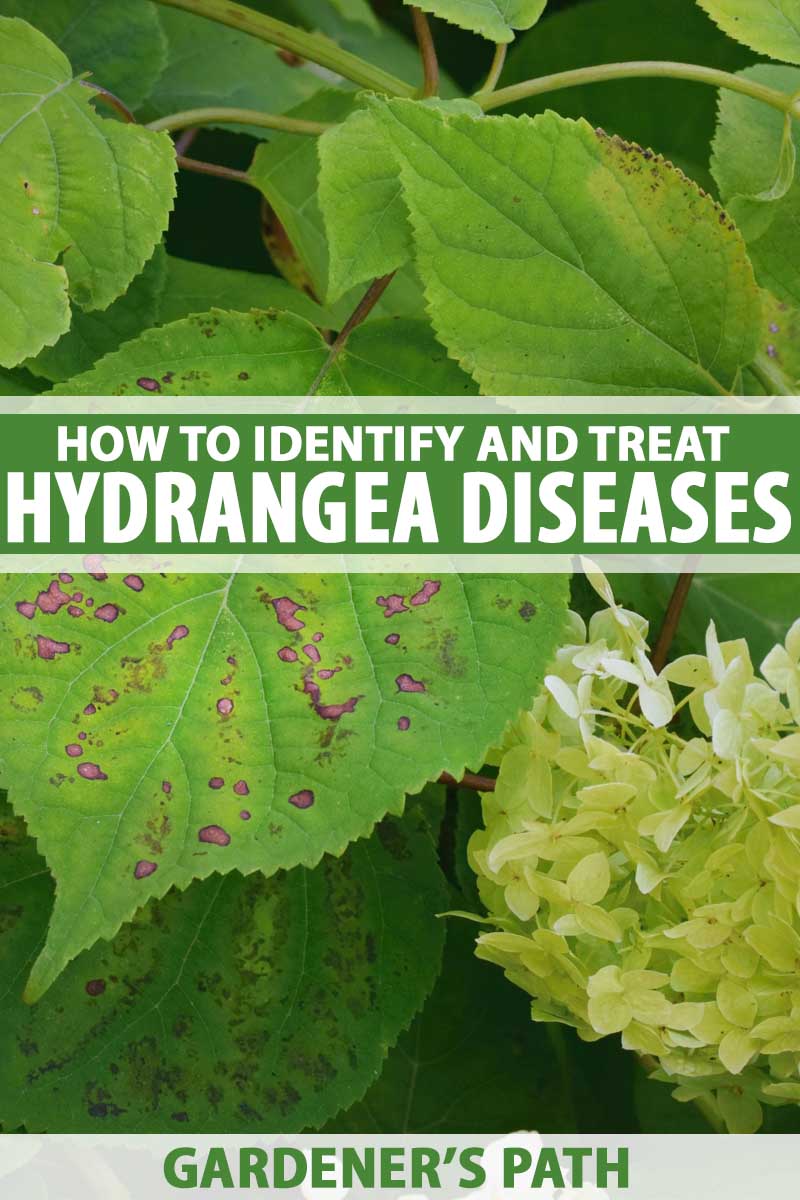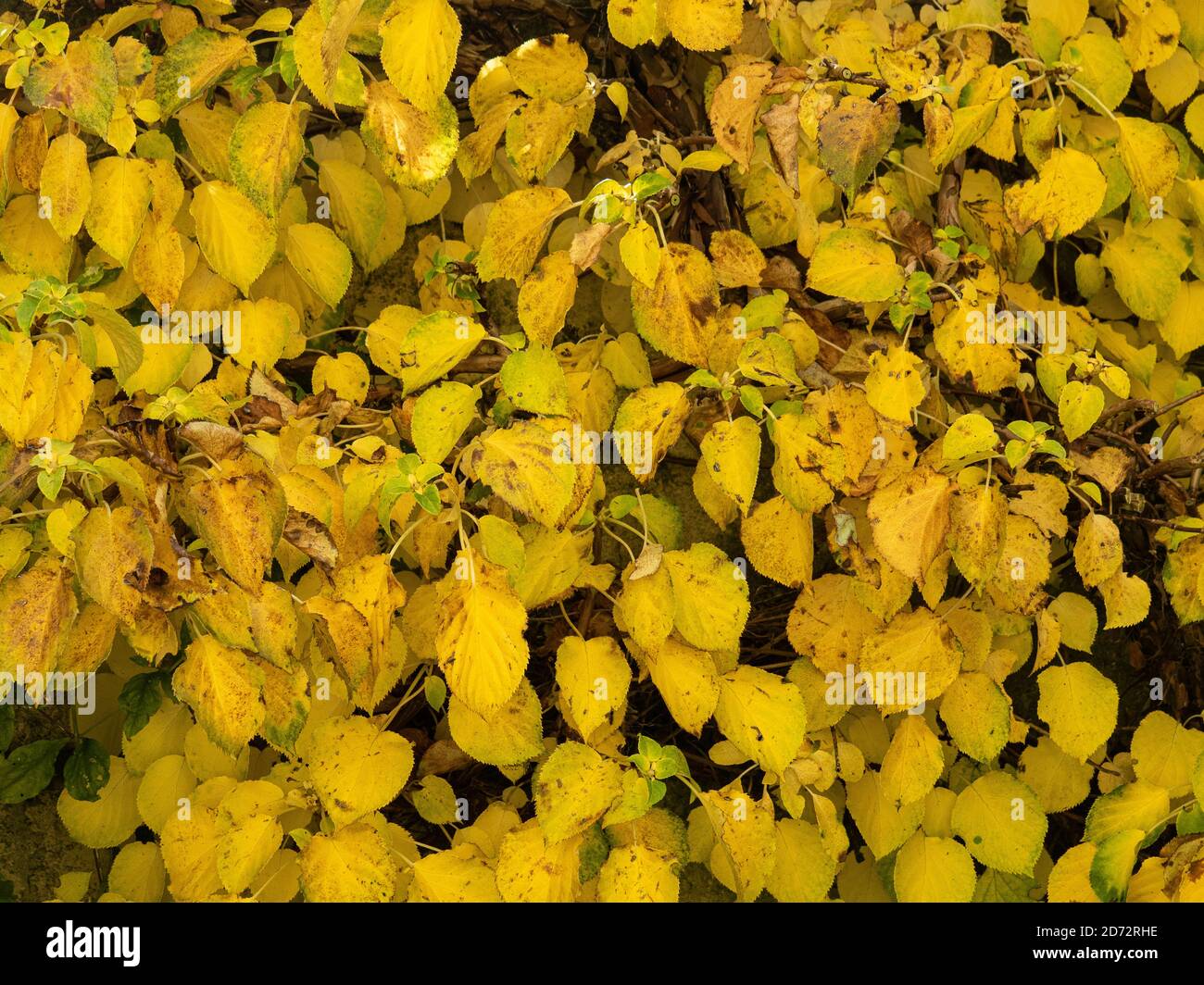The Single Strategy To Use For Hydrangea Leaves Turning Yellow
The Basic Principles Of Hydrangea Leaves Turning Yellow
Table of ContentsThe Single Strategy To Use For Hydrangea Leaves Turning YellowThe Ultimate Guide To Hydrangea Leaves Turning Yellow8 Simple Techniques For Hydrangea Leaves Turning YellowGet This Report on Hydrangea Leaves Turning YellowThe Ultimate Guide To Hydrangea Leaves Turning YellowWhat Does Hydrangea Leaves Turning Yellow Do?
One possibility is that the plant is not obtaining adequate sunshine. During the cold weather, the days are much shorter, and the sunlight is not as extreme, so ensure to place your Hydrangea in a place where it will certainly obtain at least 6 hours of sunshine every day. One more reason for Hydrangea yellow fallen leaves in winter could be way too much water.The leaves could be transforming yellow due to temperature stress. Hydrangeas like cooler temperature levels, so if the plant remains in an area that gets too warm or as well cold, the fallen leaves will certainly transform yellow. If you believe temperature stress and anxiety could be the problem, attempt relocating your Hydrangea to a various location or safeguarding it from the elements with a cloth wrap.

Not known Incorrect Statements About Hydrangea Leaves Turning Yellow
In the springtime when the mercury remains relatively reduced, they'll do fine. When points heat up over the summer season however, time invested in the very early afternoon rays can trigger unimaginable damage.: Grow your hydrangeas in an area where they'll get sunshine in the early mornings or evenings, however not throughout the peak hours.
Wilting is caused by absence of dampness, indicating there are a couple of good methods to use to avoid this from taking place - Hydrangea Leaves Turning Yellow. Give your hydrangeas a healthy and balanced glug of water every couple of days when the temperatures are climbing up high, and deal with the soil to much better preserve wetness. After watering, a dab of mulch around the base of each plant need to help with this by keeping dampness in the soil

Hydrangea Leaves Turning Yellow for Beginners
As a basic general rule, we recommend removing leaves when they are 50% brown or higher. While browning triggered by any kind of factor can not be reversed, taking the corrective activity described above will urge the plant to grow brand-new fallen leaves so the damaged leaves either diminish normally or can be gotten rid of by the gardener.
Hydrangeas he has a good point ought to be sprinkled only when the top couple of inches of dirt are dry, and must be offered an extensive saturating each time. Underwatered hydrangeas are likely to have yellow, wilting, and drooping fallen leaves. Raise the frequency and quantity of watering for your hedge to aid resolve this problem. Hydrangeas choose fairly wet (however not soggy) soil, so offer the origins a good soaking and enable water to be absorbed right into the dirt before applying a lot more.
The method you deal with hydrangea leaves transforming yellow depends upon the key issue triggering the yellow fallen leaves. This can be challenging to determine, once you do you will be able to change your plant treatment appropriately to care for the trouble. Hydrangea Leaves Turning Yellow. As discussed previously, an usual issue with hydrangeas is nutrient deficiencies
Hydrangea Leaves Turning Yellow Can Be Fun For Anyone
Throughout the peak expanding season, you should water at a price of about 1 inch per week. If you are bothered with not correctly watering your hydrangeas, there are a couple of points you can do. Adding mulch to the base of the plants over the origin zone help to manage the temperature level around the shrub and retain water in the dirt.
Alternatively, you can purchase and set up straightforward watering worlds. Sprinkling worlds hold water in them and gradually launch this water right into the dirt as the ground comes to be completely dry. Just fill the world with water, stick the spout into the dirt within the Get More Info origin area near the base of the plant, and leave it in place till all the water is gone.
If it is too severe, some plants will never recoup from transplant shock and will certainly remain to decline till they die. Minimize transplant shock by including as many roots as possible when digging up your plant to relocate. Be sure to supply even more water than common in the weeks complying with growing to assist your plant recover and grow brand-new origins.
Little Known Facts About Hydrangea Leaves Turning Yellow.

To stay clear of spreading out fungal diseases, make sure to thouroughly clean and disinfect any trimming devices prior to and after usage. Ultimately, you can attempt to purge the origins with water to get rid of excess fertlizer.
Your hydrangea plant prefers well-drained, moist soil. If the pot has poor drain, or your soil is flooded, the leaves will begin to turn yellow. Overwatering makes the soil soggy. Swamped and soaked soil can cause stunted development, leaf discoloration, and, worst of all, rot fungal diseases. Despite the fact that over-watering can be harmful, under-watering is not an option either.
If you don't water your hydrangea plant for even more than a week, the fallen leaves will certainly begin turning yellow. Fungal diseases that strike the plants often tend to reveal indications on the origins and the leaves of the plant. Among these illness is root rot, which makes it difficult for the plant to feed properly.
The Single Strategy To Use For Hydrangea Leaves Turning Yellow
Root rot takes place when virus occupy the origin cells as hosts and stop the cell from functioning. If not taken treatment of, this illness can at some wikipedia reference point result in the plant passing away. Leaf area is one more fungal condition that can target hydrangea. It results in the leaves turning yellow and the appearance of brown and purple places on the leaves.